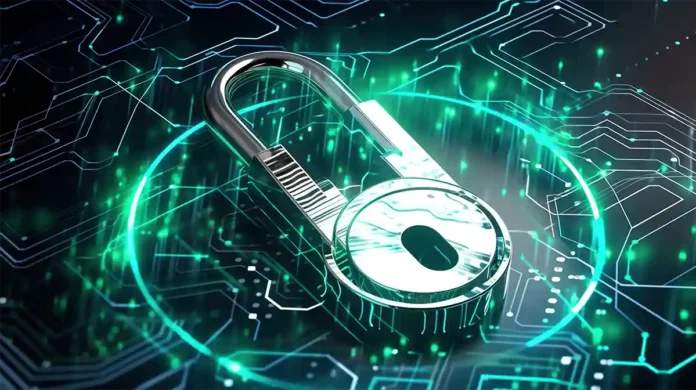The rapid advancement of artificial intelligence (AI) is transforming industries across the globe, bringing innovations that were once the stuff of science fiction into everyday reality. From healthcare to finance, AI is revolutionizing how we live and work. But as with any powerful tool, AI also introduces new risks, particularly in the realm of cybersecurity. As AI continues to evolve, so too do the threats it can be used to create and defend against, making cybersecurity more critical than ever.
The Dual-Edged Sword of AI in Cybersecurity
AI’s impact on cybersecurity is a double-edged sword. On one hand, it offers powerful tools for detecting and preventing cyberattacks. AI systems can analyze vast amounts of data at lightning speed, identifying patterns and anomalies that might indicate a breach. This capability is particularly valuable in defending against sophisticated threats like zero-day attacks, where traditional security measures might fall short.
On the other hand, cybercriminals are also leveraging AI to develop more advanced and elusive attacks. For instance, AI-driven malware can learn from previous attempts and adapt to bypass even the most robust security systems. Phishing scams are becoming more personalized and convincing, as AI enables attackers to craft messages that are more likely to deceive their targets.
The Rise of AI-Enhanced Threats
As AI technology becomes more accessible, the threats it can generate are becoming more sophisticated. One concerning trend is the use of AI to automate cyberattacks. In the past, launching a successful attack required significant time and expertise. Now, with AI, cybercriminals can automate these processes, launching coordinated attacks on a global scale with minimal effort.
AI is also being used to enhance social engineering attacks. By analyzing social media profiles, emails, and other data, AI can craft highly personalized messages that are difficult to distinguish from legitimate communication. This makes traditional methods of detecting phishing scams less effective and increases the likelihood of a successful attack.
The Intersection of AI, Cybersecurity, and Online Casinos
One industry particularly vulnerable to AI-driven cyber threats is online gaming, including online casinos. As digital platforms that handle significant amounts of financial transactions and personal data, online casinos are prime targets for cybercriminals. The integration of AI into both security systems and the development of sophisticated attack vectors means that the stakes are higher than ever.
For example, crypto casino sites, which utilize digital currencies like Bitcoin, face unique challenges. While the use of blockchain technology can enhance security and transparency, it also presents new avenues for attackers to exploit. Protecting against these threats requires a multi-layered approach that combines AI-driven security measures with traditional methods.
AI as a Defensive Tool
Despite the challenges, AI is also a powerful ally in the fight against cyber threats. Machine learning algorithms can be trained to recognize and respond to abnormal behavior in real-time, effectively shutting down attacks before they cause significant damage. AI can also help in threat hunting, identifying vulnerabilities in systems before they are exploited by attackers.
Furthermore, AI can assist in the aftermath of an attack. By quickly analyzing the breach, AI can help security teams understand how the attack occurred, what data was compromised, and how to prevent similar incidents in the future. This rapid response is crucial in minimizing the impact of a breach and protecting sensitive information.
The Future of Cybersecurity in the AI Era
As AI continues to evolve, so too will the strategies used by both cybercriminals and cybersecurity professionals. The key to staying ahead lies in understanding that AI is not just a tool but an ever-changing landscape that requires constant vigilance and adaptation.
For businesses, this means investing in AI-driven cybersecurity solutions and continuously educating employees about the latest threats. For individuals, it’s about staying informed and taking proactive steps to protect personal information, whether you’re managing online accounts or simply browsing the web.
In the end, the race between AI-driven threats and AI-driven defenses is ongoing. The challenge for cybersecurity professionals is to stay one step ahead, leveraging the power of AI to protect against an ever-evolving array of threats. As AI continues to shape the future of cybersecurity, those who adapt and innovate will be best positioned to defend against the dangers of this new digital age.



































